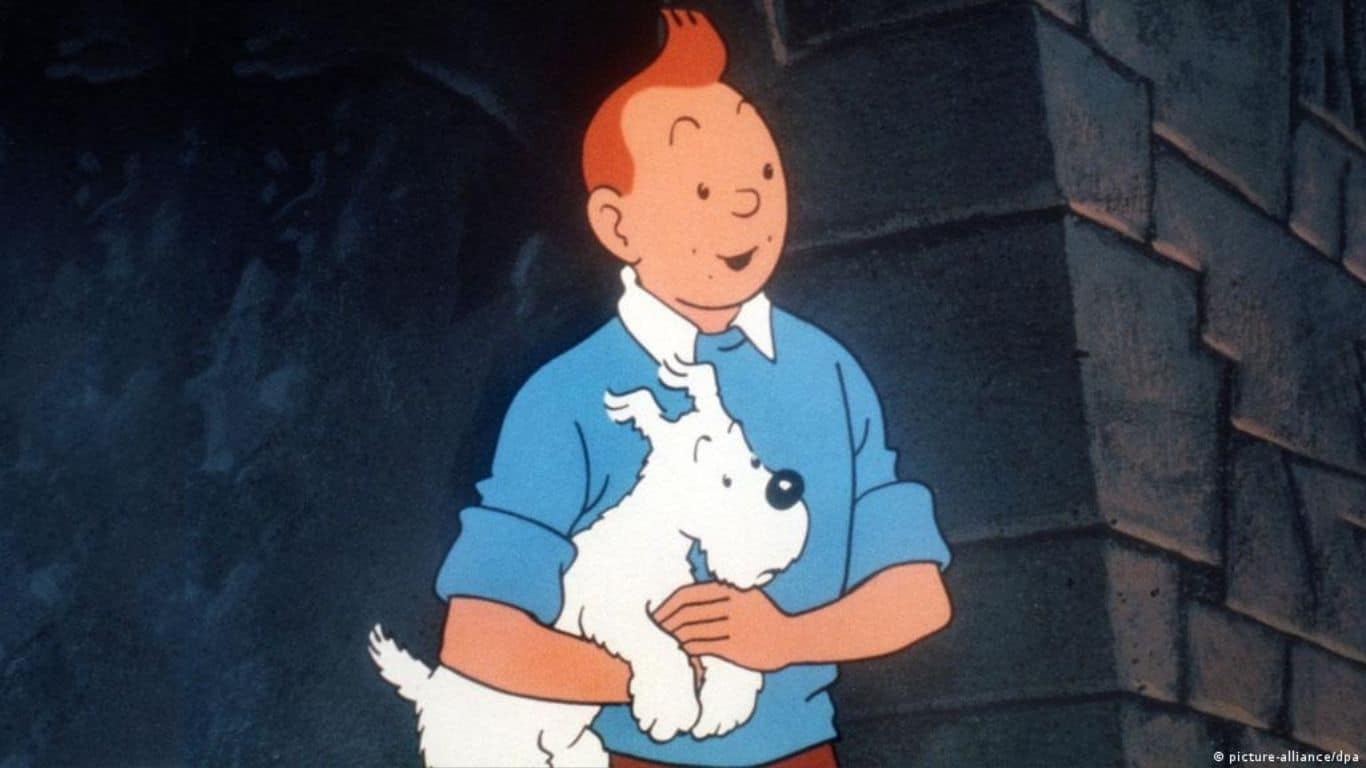The History of the Tintin Comics & Film: The Adventure of Tintin is created by Belgian cartoonist Georges Remi, who wrote under the pen name Hergé. This series of 24 based on the action and adventure genre was one of the most famous European comics of the twentieth century. It had been published in over 70 languages with a sale of over 200 million copies. It had also been adapted for television, film, radio, and theatre. In this article, we are going to read about the origin of Tintin.
Tintin is a young boy of age 15 to 19, with a quiff hairstyle and a round face. He is honest, compassionate, and decent. He can defend himself and has a smart intellect. Through his sharp skills, quick thinking, investigative reporting and good nature, Tintin manages to solve all the mysteries and complete each adventure. He is an adventurer and traveller who travels around the world with his dog, Snowy.

Other allies include the cynical Captain Haddock, incompetent detectives Thomson and Thompson, opera diva Bianca Castafiore, and intelligent but hearing-impaired Professor Calculus. Tintin was so remarkable that people know him even today. There are statues and commemorative murals all over Belgium. His tales have been adapted into animated films, feature films, radios, pays, and television. There is also a 2011 Hollywood film directed by Steven Spielberg named The Adventures of Tintin.
According to Pierre Assouline (the biographer of Tintin’s creator, Georges Remi), this character has a history and it is the result of several encounters in Hergé’s life. Remi noted that during his schooling during the First World War, he had drawn figures in his school workbooks of an unnamed young man fighting the Boches (Germans) and the man signifies a gallant and adventurous character who utilizes his ingenuity and intelligence against the opponents. It is Tintin’s humour that creates an environment of Tintin truly global.

The features of Tintin resemble the features of Remi’s brother Paul. Paul had a round face and quiff hairstyle. And when in his later life Paul joined the Belgian army, the unnamed man from the workbook became real. Hergé was influenced by his brother’s features and mannerisms. He even stated later that “I watched him a lot… It makes sense that Tintin took on his character… His gestures stayed in my mind. I copied them clumsily… it was him I was drawing.”
He never explained the name choice, though – why Tintin? It could be the alliteration with the name Totor. According to Michael Farr, “Tintin is probably the character’s surname.” Assouline stated that it can never be the charcater’s surname because Tintin did not have any relatives or family. According to Benoit Peeters Tintin is “…a Sartre-esque character”, which means he was an existentialist. We all know Tintin because of his actions and adventures. Do we know anything else about him? I don’t think so. He has no family, no surname, and the mere semblance of a career. According to Assouline, “Tintin was as uncomplicated as the storyline.”
The first appearance of the movie was at Gare du Nord, Brussels on May 8, 1930. There are two feature films, two television series, and six animated films based on Tintin and his adventures.
Also Read: Best Brainstorming Exercises For Writers



